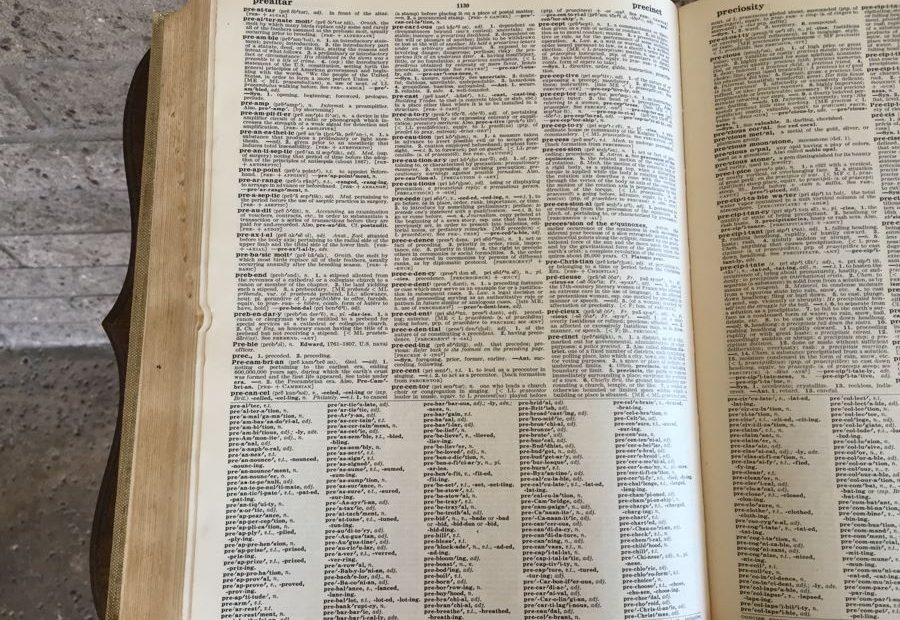After enduring spine surgery this past summer, I was told not to lift anything that weighs 10 pounds or more. This is just common sense. Nonetheless, I was alarmed that the ban included books, notably some recently published books that I was looking forward to reading (bending was also prohibited as was sitting in certain reading friendly positions). Fortunately, most hardcover fiction and nonfiction titles do not exceed the weight limit. However, the past two years has seen more than the usual amount of ultra-heavy books in the categories of art, photography, design and typography which I must read to write about for this column. So, the piles of heavy review copies I’ve received get larger and heavier. This is not a review but a comment on the consequences of lifting these books .
Heavy books are not a new phenomenon. My school’s library edition of the Oxford English Dictionary could easily have weighed 100 pounds and the only way to access its pages was for a librarian risk a hernia by heaving it onto a reading stand or podium. There were also a number of weighty “coffee-table books” introduced in the mid-1950s by the art book publisher Harry N. Abrams, whose eponymous imprint pioneered heavy (unconventionally sized and, therefore, not easily shelved) tomes.
10.2 Lbs.
11.23 Lbs.
Coffee-table books were designed to be displayed on living room coffee tables as status symbols for culturally aspiring nouveau riche (some say middle-brow) art-fawning audiences. Abrams became successful initially by producing books of artists’ work funded by their wealthy patrons. The profits they generated enabled Abrams to commission original (heavy) books with equally heavy texts by respected art historians on the such masters as Leonardo DaVinci, Michelangelo, Salvador Dali, Edward Hopper, among others.
It was a running joke that these modern mammoth livres could substitute as doorstops (or, with legs screwed on, as coffee tables). In fact, the heavy genre are now as common in the publishing industry as lower-cost trade paperbacks. During the past two to three years it appears there are more than ever before.
Aprox. 10 Lbs (Deluxe edition).
Since the 1950s, most top-notch art publishers have produced tons of oversized heavy books, and today there is a plethora of them (many piled up in living rooms and offices like mine). Taschen Books, for example, produces at least one per season (and often more). Among their heaviest (and probably largest) is the 21.56-pound Helmut Newton Sumo (published in 2009) and came with its own custom reading pedestal designed by Philippe Starck. Dozens more 10-plus-pound tomes produced in limited runs and sold at premium pricepoints fill Taschen’s global showrooms. In 2020 Callaway Editions tipped the scales when it published three 25-pound, 24- by 17-inch volumes reproducing all the details of paintings by Michelangelo, Botticelli and Perugino in the Sistine Chapel (which I wrote about here), and the same year Phaidon published the 424-page, 11.2-pound Fabien Baron: Works 1983–2019. The list goes on.
9.3 Lbs,
In 2022–2023, the mammoths arrived en masse. Among the best, Letterform Archive released Only on Saturday: The Wood Type Prints of Jack Stauffacher (Deluxe Edition), the University of Texas published The Rob Roy Kelly American Wood Type Collection: A History & Catalog, and Thames and Hudson issued The Graphic Language of Neville Brody 3. Beautiful books all, but oh so unwieldy.
Aprox. 8 Lbs.
Unweighed but heavy.
Mega Lbs.
Last week I received two long-awaited book parcels that nearly sent me back to the surgeon after I excitedly yet unwisely tried to lift them onto my building’s baggage trolley. One was Unit Editions’s definitive Pentagram: Living by Design (two volumes in slipcase), celebrating 50 years of Pentagram, an in-depth survey of the group from its beginnings in 1970s London to the present. The other, Thames & Hudson’s ambitious An Atlas of Es Devlin, the first monograph on artist Es Devlin’s multi-genre practice that encompasses art, activism, theater, poetry, music, dance, opera and sculpture. I managed to open the former but, feeling a shooting pain, not the latter.
Both of these book subjects are worthy of their grand proportions and heft. But frankly, not at the expense of my aching back. Maybe a safety label cautioning that books over 10 lbs can cause physical pain is in order? Let’s reconsider the weight of books given the increasingly aging population of book lovers, who will remain loyal to print as long as physically possible. So in return publishers should be careful of our respective and collective lumbar issues. Don’t you think?
